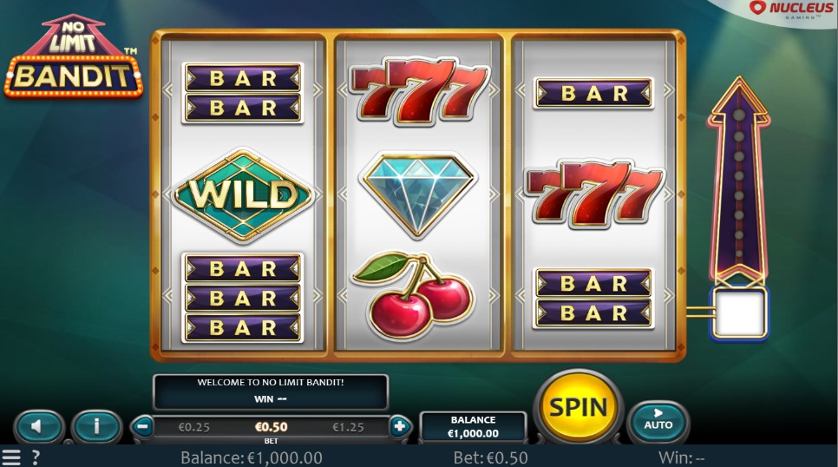
If you go to any casino in Las Vegas (or almost any other casino in the world), chances are you will find a game with blinds of $ 1 / $ 2. These stakes are very popular. In larger poker rooms it is not uncommon to find five (or more) $ 1 / $ 2 no-limit tables. Why are these games so popular? Mainly for two reasons. It’s affordable and it’s no limit. These are very appealing qualities for people who want to kill a bit of time on their vacation or business trip. Although the stakes are low, it would be perfectly possible to see these games as your sole source of income, provided you have enough discipline.
There are some strategic adjustments to make for these low games.
Identify The Weak Players
The more you play, the faster you spot the hopeless cases. You will likely limp or call out of position. A simple clue is what these people are saying. Look for sentences like, “The dealer hasn’t even given me a good hand since I’ve been here.” Or: “I don’t get anything all day.” Any such phrase reveals that they only care about their own cards and no other people’s cards. Such people are called “fish”.
Take Advantage Of The Weakness
To take advantage of these players, they strike when they have something good, or something mediocre when they are in a good position. For example, if you are limping (which you will often do) and you are on the button or a seat to the right of the button (the “cutoff”) and have a playable hand, don’t be afraid to go 7 to 8 times that Raise blinds. You probably won’t win the pot here right away. Your opponent will call to see the flop. But in most cases, your opponent won’t hit the flop and you win the pot with a continuation bet. Although such a pot is unlikely to make you rich, it helps to develop an aggressive image which will be very helpful to you once you have a really good hand and your opponent pays you.
Reduce The Field
It is important that your preflop raises not become mechanical. Remember there is no limit to what you can bet preflop. What do I mean by that? I mean, if four people in front of you call $ 2 and they have 2 aces, there is nothing wrong with raising to $ 35 if the raise results in all but one or two players tossing away their hand. That is the question you should ask yourself when holding a monster hand. “How much do I have to raise for everyone to go out except for one or two players?” I can guarantee you it is not the standard 3x raise to $ 6.
Play Against Your Aces
If one of the bad players gets a premium pair, they’ll probably realize it. Suddenly her opponent stops crying and whining, his face goes blank, and he makes a big preflop raise (something he has barely done since they were there). It is very likely that your opponent has a very strong hand. I like to go with you in situations like this, often with just my hands. Bad players will almost never lose two aces, no matter what the board is. Because of this, you can make a small pre-flop investment and hope to get your stack after the flop. When playing such a game, it is important to be aware of your implied odds. In general, I don’t want to call a raise that is 5% or less of his stack. In other words,
Sets are divine
The most powerful situation you can find yourself in at a $ 1 / $ 2 no-limit table is when you flop a set against four or five players. To be clear, having J8 and having a flop of K88 is not a “set”. This could probably be better described as “trips”. You have a set when you hold a pair and the flop makes them three of a kind. You should see as many cheap flops as possible with their low pair. They are practically worthless when faced with a raise or a re-raise, but they are practically the nuts when you only have a few limpers in front of you. Of course, you have to do a set first to make money, but you should maximize these situations by throwing away small pairs of sold sets.
